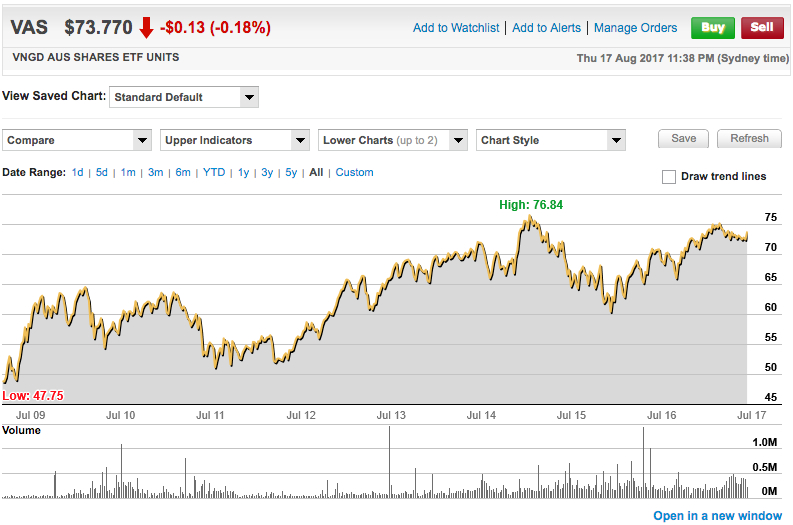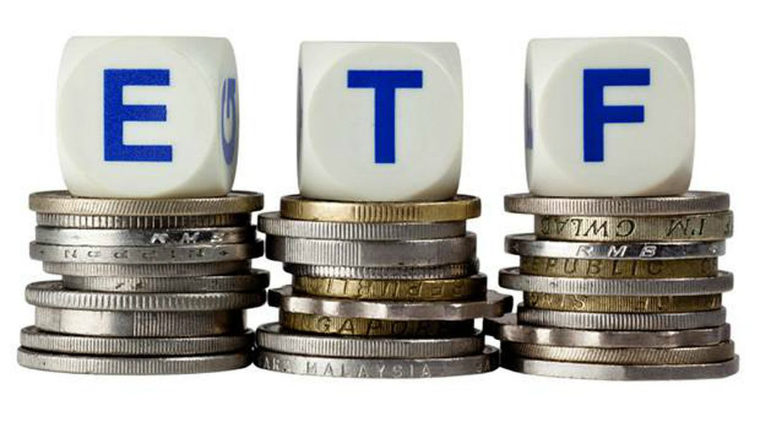Do you want to access the returns of the highest growth asset class, but don’t know where to start? Are you currently investing in direct shares (cause someone told you to buy ‘Blue Chips’ like Commbank, Telstra, BHP & Woolworths), but your portfolio is under-performing the market? Can’t be bothered reading annual reports, and learning about EV / EBITDA multiples? If any of this is sounding like you, then it may be time to think about letting a professional investment manager do it for you. Introducing your 3 new best friends….Managed Funds, ETF’s and LIC’s.
Managed Funds:
A managed fund is simply a pool of investors funds that a professional manager invests. Each investor buys ‘units’ in the fund, and is entitled to a share in the capital gains and income (dividends) from the fund, proportional to their unit holding. Managed funds come in all different shapes and sizes. Some of them only invest in Large Cap stocks, others are focussed on Microcap stocks, some are Internationally focussed, and others are Pre-Mix Diversified Funds (think Super Investment options – Conservative, Balanced, Growth etc). The fund may have a Dividend Re-investment Plan (DRP) that allows you to buy more units with your dividends – check out “The Time Value of Money” for the importance of making regular contributions to your investments.
Units in a Managed Fund are always bought or sold at Net Tangible Assets (NTA) – that is to say, that units in an unlisted managed fund are never overvalued or undervalued relative to the pool of assets they’re invested in. If a managed fund’s NTA consists of a 5% weighting in 20 different shares, buying $10,000 worth of units in the managed fund would be the equivalent of buying $500.00 worth of the 20 companies it is invested in – except that option 2 would cost you a fortune in brokerage!
Your Superannuation is just a managed fund with a few more rules & regulations and tax advantages. You can achieve the same set-and-forget investment style outside super, yet have the flexibility to sell your investment, and receive regular income (dividends) before you’re 60.
To check out some Managed Funds and their returns, check out Canstar’s comparisons. https://www.canstar.com.au/managed-funds/. If you are not getting these kinds of returns from your direct share portfolio, it might be time to consider engaging a professional.
Exchange Traded Funds (ETF’s):
ETF’s are managed funds that are listed on a stock exchange. Rather than buying ‘units’ in the fund by making a BPAY payment as above, you simply log onto your Commsec account (or whatever platform you use) and buy & sell units the same as you would with shares. The thing that makes ETF’s different is that they are primarily “Passive Funds” – that is the fund manager(s) of an ETF does not try to actively beat the stock market returns – they aim to mirror them. The S&P/ASX200 index measures the share price performance of the 200 largest companies on the ASX. Buying into an ETF that uses this index as its ‘benchmark’ is effectively like buying shares in all 200 companies proportional to their weighting in the index. There are lots of different arguments about how many stocks a portfolio should hold to be adequately diversified, but its safe to say that 10 would be considered the minimum. Buying an ASX200 index fund (ETF) gets you exposure to 200 – instant diversification and mitigation of ‘company specific risk’. As with Managed Funds, you can buy ETF’s that track a number of different benchmarks – Australian shares, International shares, Emerging economies, Healthcare sector etc.
Below is a screenshot from Commsec of the Vanguard Australian Shares ETF chart. Since its start point in 2009, it has returns ~54% + dividends.

Listed Investment Companies (LIC’s)
LIC’s are a form of managed fund, but as their name suggests, Listed Investment Companies are listed on a stock exchange. They are formed via an Initial Public Offering (IPO), and Investors commit a fixed amount of capital which is to be managed by a fund manager. Beyond that point, shares in the LIC are traded between investors on the stock exchange – which means the share price is driven by supply & demand, not necessarily the value of the underlying basket of stocks that the LIC owns.
For example, the sum total of an LIC’s assets (its NTA) might be $1.50 per share, but because the fund constantly outperforms the market, investors may be willing to pay $1.60 for the shares. Conversely, you can also buy LIC’s at a discount to their NTA – essentially like buying $1.00 for 90c.
Morningstar publishes a list of ASX LIC’s monthly, along with their discount / premium to NTA.
https://www.morningstar.com.au/LICs/MonthlyReports
All funds – Managed, ETF’s or LIC’s will have an investment mandate, and a ‘style’ that dictates how the the investment manager will manage the funds assets so make sure you read about it in the funds PDS.
So there you have it… a few options for those of you not inclined to do the company (stock) picking yourself. If direct shares is more your style, keep tuned for direct share info in future posts. The blog has also been updated with a glossary of terms and ‘tooltips’ so you can hover over any acronyms or terms you’re not familiar with highlighted in blue, and get a quick explanation.
Happy (and safe) Investing.


